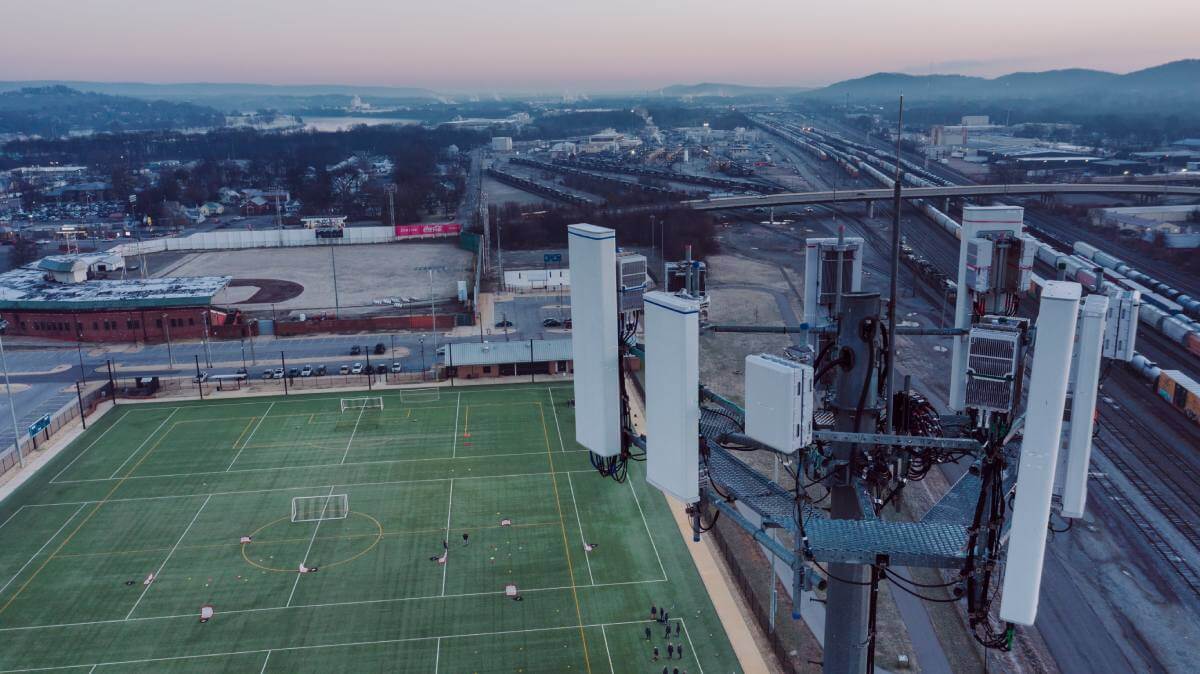Tower Climbing Safety Standards and Protocols for WISP Operations
- by ISPadmin
- 2023 / 12 / 01
- Regulatory
Introduction


In the dynamic landscape of Wireless Internet Service Providers (WISPs), the efficient functioning of networks is reliant on the tireless efforts of tower climbers. These skilled professionals face the unique challenge of scaling heights to install, maintain, and troubleshoot wireless infrastructure. With the inherent risks associated with tower climbing, it is imperative for WISPs to establish and adhere to stringent safety standards and protocols. In this comprehensive discussion, we will delve deeper into U.S. government regulations, compliance necessities, and best practices aimed at safeguarding the well-being of tower climbers in WISP operations.
Government Safety Regulations for Tower Climbers in WISPs
- FCC Regulations: The FCC, as the regulatory authority overseeing wireless communications, imposes guidelines to ensure the safety of both workers and the general public. FCC regulations encompass two critical aspects: radiofrequency emissions and structural integrity. Tower climbers must adhere to prescribed emission limits and follow structural guidelines to prevent tower collapses. Compliance with FCC regulations is not only a legal requirement but is instrumental in securing licenses and maintaining the integrity of wireless networks.
- OSHA Standards: OSHA, the cornerstone of workplace safety in the U.S., has established specific standards for tower climbing operations. These standards cover a range of safety measures, including fall protection, equipment specifications, and comprehensive training requirements. WISPs are obligated to meet these standards to guarantee a secure working environment for tower climbers and mitigate the risks associated with working at heights.
Compliance and Best Practices for Tower Climbing Safety
- Comprehensive Training Programs: Tower climbing demands a unique skill set that extends beyond technical proficiency. WISPs must invest in comprehensive training programs that not only impart technical know-how but also instill a strong emphasis on safety protocols, emergency procedures,
and the correct utilization of personal protective equipment (PPE). Certifications such as the Tower Climbing Safety and Rescue Training are instrumental in ensuring climbers are well-prepared for the challenges they may encounter. - Equipment Inspection and Maintenance: Regular and meticulous inspection of climbing equipment is imperative to identifying potential risks. Harnesses, lanyards, helmets, and other safety gear should undergo scrutiny before each use. Prompt replacement of faulty or worn-out equipment is vital to preventing accidents and ensuring the reliability of safety measures.
- Fall Protection Systems: Fall protection systems serve as a critical line of defense for tower climbers. WISPs must implement and enforce robust fall protection measures, including certified fall arrest systems, guardrails, and ladder safety devices. These measures not only minimize the risk of falls but also provide climbers with effective protection in the event of an unexpected descent.
- Communication Protocols: Effective communication is paramount during tower climbing operations. WISPs should establish standardized communication protocols that minimize the risk of misunderstandings and enable climbers to convey critical information promptly. Clear communication
channels with ground personnel, fellow climbers, and relevant stakeholders enhance overall safety and coordination. - Emergency Response Plans: Developing and regularly reviewing emergency response plans specific to tower climbing operations is essential. These plans should outline procedures for responding to injuries, rescuing climbers in distress, and coordinating with emergency services. Regular drills and simulations contribute to the preparedness of all involved parties.
- Weather Monitoring: Given the exposure of tower climbers to the elements, WISPs should implement robust weather monitoring protocols. Establishing clear guidelines for suspending climbing activities during adverse weather conditions, such as high winds, thunderstorms, or icy conditions, is crucial to ensuring the safety of climbers.
- Documentation and Record-Keeping: Maintaining meticulous records of safety training, equipment inspections, and any incidents that occur during tower climbing operations is integral. These records not only serve as evidence of compliance with regulations but also offer valuable insights for
the continuous improvement of safety protocols.
Conclusion
In the realm of WISP operations, where success is measured by connectivity and coverage, ensuring the safety of tower climbers is non-negotiable. By rigorously adhering to government safety regulations, investing in comprehensive training, and implementing best practices, WISPs can fortify the safety of their tower climbers. In an industry that reaches new heights every day, the well-being of those who scale the towers should remain a steadfast priority, reflecting a commitment to both regulatory compliance and the preservation of human life.
Contact us here to learn more about how ISP Revolution can help you deploy with confidence – the first time
RECENT BLOG
MORE INFO
ISP Resolution © 2023 All Rights Reserved
